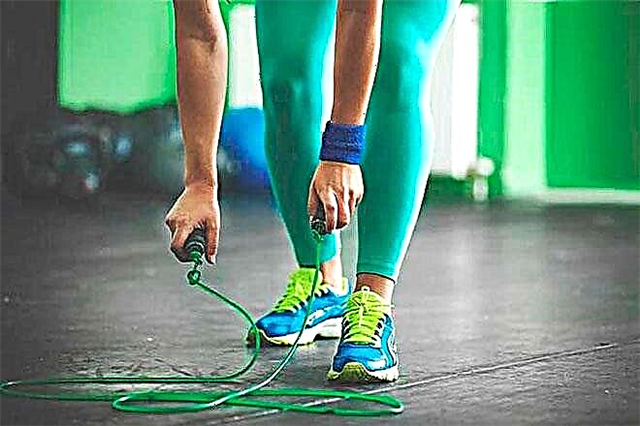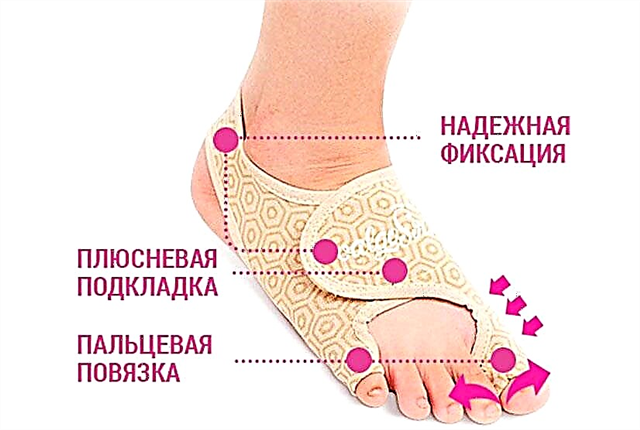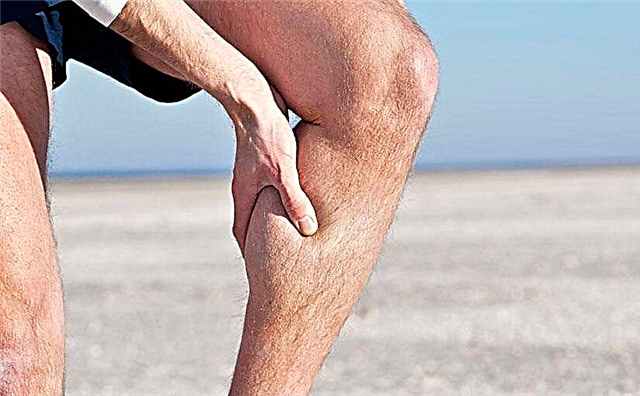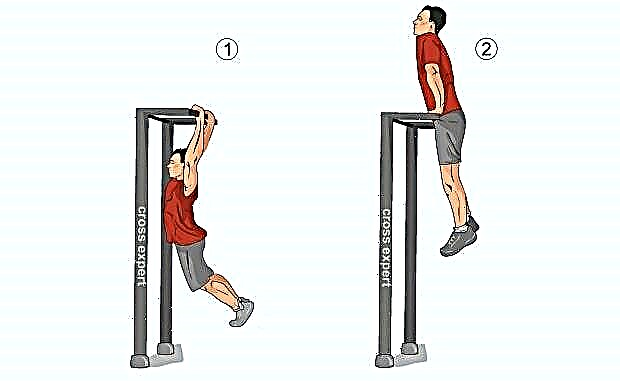If you ask people who are far from sports, and indeed from a healthy lifestyle, what cardio training is, then, as a rule, they answer vaguely, but the essence of all the answers is that this is training in some way related to the heart.

They are partly right - the root of the word "cardio" is translated from the ancient Greek "heart", hence the essence of the training itself - these are exercises in which the heart rate increases. To maintain muscle tone, a person needs to constantly load them.
Exercise makes your muscles stronger and your body healthier. The heart is also a muscle, therefore, to make it stronger, stress is needed. Such loads aimed at strengthening the heart muscle are cardio workouts.
For those who are just thinking of introducing physical activity into life, fitness trainers advise starting with cardio exercises. Ideal options for beginners to train the heart and blood vessels, lose weight and clear the head of negative thoughts are running, walking, swimming.
The health benefits of cardio
In addition to the fact that cardio training improves the functioning of the cardiovascular system and helps to lose weight, their benefits on the body are as follows:
- Lowering blood pressure and cholesterol levels.
- Strengthening bones.
- Resistant to stress and depression.
- Better sleep.
- Increased endurance.
- Boost Immunity - Exercise activates the immune system.
- Improved quality and longevity of life - Research shows that people who exercise regularly live longer and stay more active as they get older.
Cardio rules for beginners
Before introducing physical activity into your life, you need to consult your doctor. He will advise the type of exercise that is suitable for a beginner, taking into account age, possible chronic diseases, weight and other indications.
An important criterion for cardio training is the heart rate (HR). At rest, in a person, this indicator is in the range of 60-90 beats per minute, but since the heart beats stronger under load, the heart rate also increases.
During classes, a beginner needs to control his pulse and learn to determine his maximum heart rate, which is measured by the formula:
Max heart rate = 220 - age
Taking heart rate as a basis, experts distinguish three types of cardio loads:
| Load type | % of max heart rate | Exercises |
| low intensity | less than 50% | walking, quiet cycling |
| medium intensity | 50-70% | running, swimming, intense cycling |
| high intensity | from 70% | sprint, interval training |
It is worth noting that it is dangerous to train often and for a long time beyond 85% of the maximum heart rate.
For cardio workouts to be safe and productive, beginners need to follow certain rules:
- It is worth starting classes with simple low-intensity exercises lasting 20 minutes. It is advisable to increase each next workout by a couple of minutes. Ideally, you need to practice 60 minutes.
- For beginners at first, it is recommended to train within 50-60% of the maximum heart rate. You can start with walking, slow running, quiet home workouts.
- During training, it is necessary to keep the pulse within 60-70% of the max heart rate.
- Classes are advised to be held outdoors and in a well-ventilated area.
- You need to train in the right shoes and clothes, even if you train at home. Do not go barefoot, otherwise you may injure your feet and ankles.
How often do you do cardio workouts?
Frequency refers to the number of workouts per week. The best option for beginners is training 3 times a week with no more than 2 days off between them. In the future, the training frequency can be increased to 5 days a week.
You can train both in the morning and in the evening, depending on the individual characteristics of the organism and the goals of the classes. Evening time is more optimal for starting metabolic processes and fat burning. If the goal of training is to increase endurance, then you should choose the morning hours.
As soon as a person has decided to let physical activity into his life, then it is time to take care of the regime and quality of food. It is worth eating 2-3 hours before the start of classes or 45 minutes after. Naturally, it is better to prefer protein foods and slow carbohydrates and forever part with food waste in the form of cookies, chocolates, pizza and other foods that do not bring health benefits.
Types of cardio workouts

A person who is just starting to engage in physical activity needs to rely on the following criteria, which will determine the optimal type of exercise:
- Is this species suitable for health reasons?
- How much time is planned to be devoted to classes.
- What is the purpose of training (losing weight, increasing endurance, maintaining health).
- Preferred place to study. Someone likes to exercise in the fresh air, regardless of the meteorological conditions, others are stimulated by the gym, and still others are quite content with exercise at home.
Below are the types of cardio workouts that are most popular and in demand among beginners.
Run
Running is the most affordable and effective form of cardiovascular exercise. It strengthens the heart, promotes effective fat burning, trains the lungs
Running in the morning will charge you with vigor for the whole day, and in the evening it will relax the body and help get rid of the stress accumulated during the day. You can run both in warm and cold seasons. Moreover, winter jogging has a beneficial effect on the functioning of the body's immune system.
In order for a run to be beneficial and enjoyable, a beginner should follow these rules:
- Choose the right and comfortable shoes. Sneakers, basketball shoes or tennis shoes are not suitable for running. Running shoes should have good shock absorption and reduce stress on joints.
- Alternate running on hard (asphalt) with soft (dirt, grass, sand). It is better not to run on concrete at all, this is fraught with unnecessary stress on the knees and the entire musculoskeletal system. The optimal coverage is the soil, it absorbs well, which means that running on such a surface is not harmful.
- Do not run along busy highways.
- Warm up before jogging. It can be squats, jumping, walking.
- Observe running technique. When running, the body should be in an upright position, the legs should be slightly bent at the knees, the shoulders and neck should be relaxed, when running, the weight should be evenly distributed over the foot, and you should not run on tiptoes.
- Observe correct breathing. Inhale through the nose, exhale through the mouth. If breathing gets lost, then you should smoothly move to a step and recover.
- Increase the load smoothly.
- Finish your runs gradually. It is not recommended to abruptly switch to a calm step, it is necessary to give the body time to rebuild, therefore, it is worth completing the run either by jogging slowly or by intensive walking.
Despite the benefits of running, it isn't for everyone. You should refrain from it if you have:
- Heart defects.
- Joint problems.
- Overweight.
Walking
The safest and easiest form of cardio training is walking. It does not require special equipment, equipment, uniforms. For a beginner, only comfortable shoes and desire are enough. Walking in a calm mode relaxes, relieves stress, intense walking trains the muscles of the legs, spine, and increases endurance.
Although walking is easy, certain rules must be followed:
- Walk in parks, squares, boulevards, do not walk along roads, near enterprises emitting unpleasant odors (poultry farms, factories).
- Keep your back straight. When a person slouches, all internal organs assume the wrong position, the spine strains - the benefits of such walks are minimal.
- Wear the right clothes and shoes - choose shoes that are flat, heels and sandals are best set aside for other events.
Cycling
If running is contraindicated, and walking is not happy, then cycling is a good alternative. When cycling, the load on the joints and the spine is much less, and the load on all leg muscles and gluteal muscles increases.
The basic rules for cycling are similar to running:
- Do minimal warm-up.
- Beginners need to gradually increase the load. In the first month, it is worth driving no more than 10 km at a calm pace.
- Monitor the landing. Keep your back straight and not lean on your hands.
- Choose comfortable shoes and clothing.
Swimming
The safest and most doctor-recommended type of cardio workout for beginners is swimming. You can go swimming every day without harm to your health.
The advantages of swimming are as follows:
- Relieves muscle tone, strengthens the muscles of the back, abs, legs and arms.
- The body is better supplied with oxygen.
- Strengthens the immune system.
- No heavy stress on the joints.
- The metabolism is accelerated.
In addition to the above, cardio training also includes various sports games (volleyball, badminton, tennis), jumping rope, rollerblading and skating familiar from childhood, and, of course, dancing.
Cardio workouts for beginners at home
The advantage of cardio workouts is that they don't require any special equipment, and beginners can train from the comfort of their home.
The key to useful home workouts in compliance with a number of rules:
- Choose only those workouts that you like and enjoy doing.
- Alternate different loads so as not to overload the same muscles.
- It is worth resting for 30-40 seconds between exercises.
- It is better to practice in shoes.
- Keep breathing and pulse under control. Lessons in the range of 60-70% of the maximum heart rate are considered optimal for beginners.
- Before training, you need to ventilate the room well and be sure to do a little exercise.
- You can turn on rhythmic music, it will help you to cheer up and tune in the right mood.
- For beginners, it is recommended to exercise for 30 minutes, gradually increasing the training time to an hour. It is recommended to repeat each exercise 20 times, preferably 4 circles.
Below are basic exercises for the muscles of the legs and buttocks that beginners can safely do at home.
Squat Jumping
It is most effective to combine squats and jumps.
The squat jumping technique is as follows:
- Stand straight with your feet hip-width apart. Then lower yourself, bending your knees at right angles.
- Jump up a short distance and land on your feet. Then jump again.
Jumping out
This is a type of jumping from a squat, the difference is that when jumping out, the jump is made as high as possible.
Execution technique:
- Put your hands behind your head, take your elbows back, put your feet shoulder-width apart. The back should remain straight.
- Inhale and sit down, lowering your hips to parallel with the floor.
- As you exhale, tighten your muscles and make a sharp and rapid jump upward at the expense of your hips.
- You need to land on both feet. Then sit down again and perform the next jump.
Dumbbell Squats
Dumbbells are great helpers for those who are forbidden to train with a barbell because of a sore back.
Execution technique:
- Take 2 dumbbells, lower your arms along the torso, stand in the starting position for all squats.
- Take a deep breath and sit down, straining the muscles of the buttocks as much as possible.
- Freeze for a while and then, on exhalation, return to its original position.
Dumbbell lunges
The technique for this exercise is as follows:
- Lower arms with dumbbells along the body. Take one leg one step forward, lower the body down so that the thigh is parallel to the floor, do not extend the knee by the toe of the leg.
- Leave the other leg bent.
- Push off the floor with your front foot and return to the starting position.
- Repeat the same steps for the other leg.
Climbing the platform
For this exercise, you will need a special plastic board - a step platform. If the purchase of such a board seems costly, then it can be replaced with a low bench or chair to get a stable elevation.
Platform exercises not only train muscles, but also develop coordination and stability.
The technique for performing exercises for beginners is as follows and varies depending on the type of step with which the trainee enters the platform:
- The usual step. Step up the elevation, first with one, then with the second leg, changing the order of the legs.
- Additional step. Climb onto the platform with one foot, then put the other to it. Then drop to the floor on one leg, then on the other. You need to alternate your legs.
- A deceptive step. First put one leg on a dais, transfer your body weight to it, then raise the other leg, as if for the next step, but do not put it on the platform, but lower it to the floor. Then put the first leg on the floor. The steps are alternating.
- Step with knee lift. Stand on the platform with one foot, bend the other at the knee and raise it high. Then lower your leg to the floor. Alternate for each leg several times.
- Jumping. Jump alternately, lowering one leg or the other to an elevation.
Cardio training is essential for someone who wants to stay in good shape and exercise the heart and respiratory system. Unfortunately, not everyone has time for a full jog, visiting the pool, even home workouts do not always fit into a busy schedule.
In this case, you can try to incorporate cardio into your daily routine. Try to walk a couple of stops on foot, not by bus, go up to the apartment not by the elevator, but by the stairs (at least a few flights, it is not necessary to immediately run to the 25th floor), while walking with the child it is better to run after him or play with him active games than sitting on the bench for an hour. Even minor exertion will have a beneficial effect on health.









